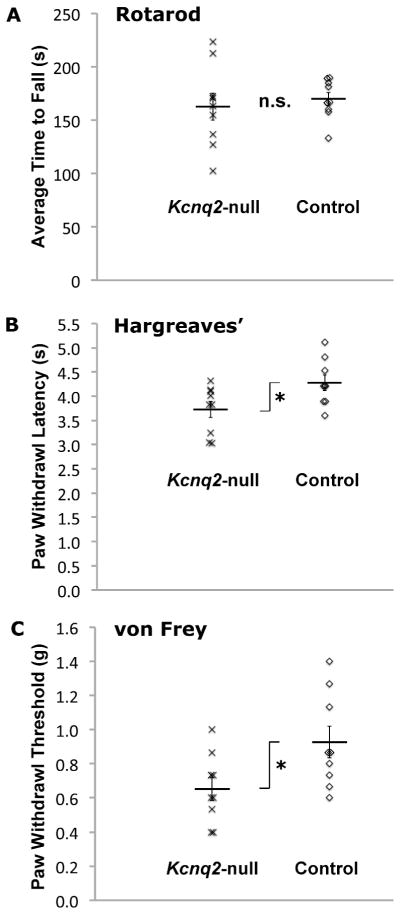Figure 10. Behavior testing of Kcnq2-null mice and control mice.

Panel A: Mutant mice (n=9) and their control littermates (n=9) were subjected to three consecutive days of testing on a rotarod (three tests per day), with motor performance measured by the time it took the mice to fall off the rotarod. There was no statistical difference in the overall average time to fall between the mutant and control animals.
Panel B: Both mutant mice (n=9) and their control littermates (n=9) were subjected to four consecutive days (six trials per day) of thermal hyperalgesia measured by the withdrawal latency after thermal stimulation (on a Hargreaves’ chamber). The overall average of all tests showed mutant animals have a statistically significant increase in thermal hyperalgesia.
Panel C: Both mutant mice (n=9) and control littermates (n=9) were subjected to three consecutive days of testing with a series of von Frey hair filaments (0.4 g, 0.6 g, 1.0 g, 1.4 g, 2.0 g; one up-and-down session per day). Mechanical allodynia determined by the lowest strength of hair filament capable of inducing a positive withdrawal response. The overall average of all tests showed mutant animals have a statistically significant increase in mechanical allodynia.
For all three behavior tests, error bars represent SEM; n.s. = no significant difference; * p<0.05 (unpaired two-sample Student’s t-test with equal variance).
